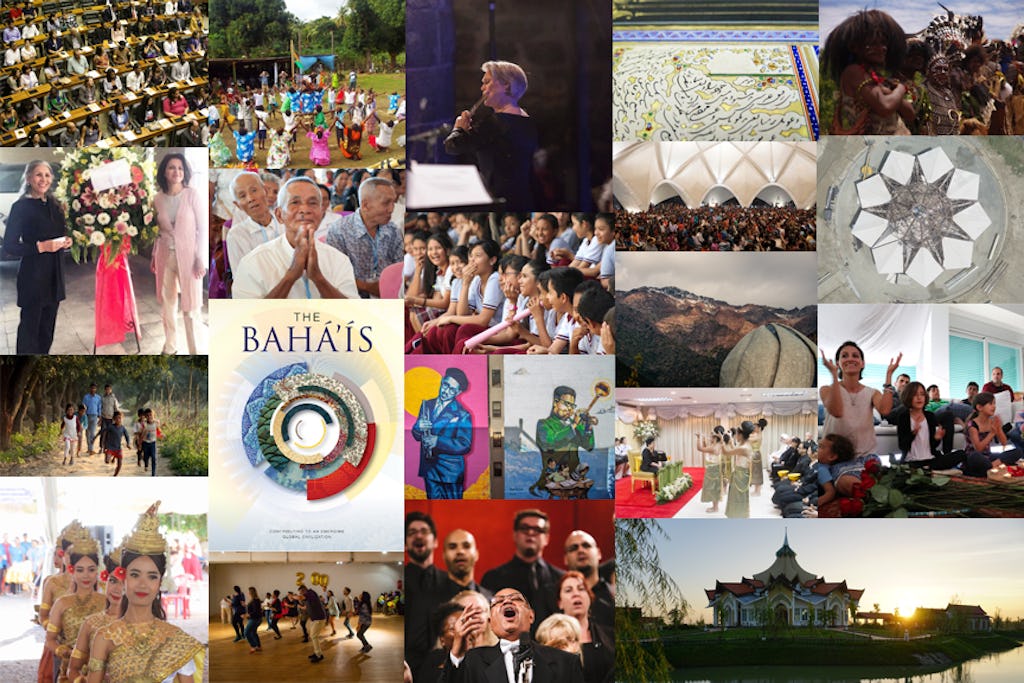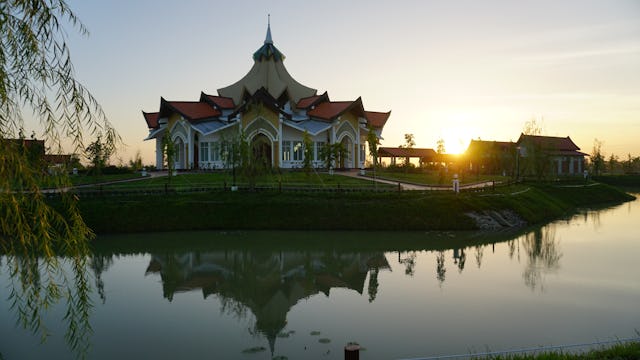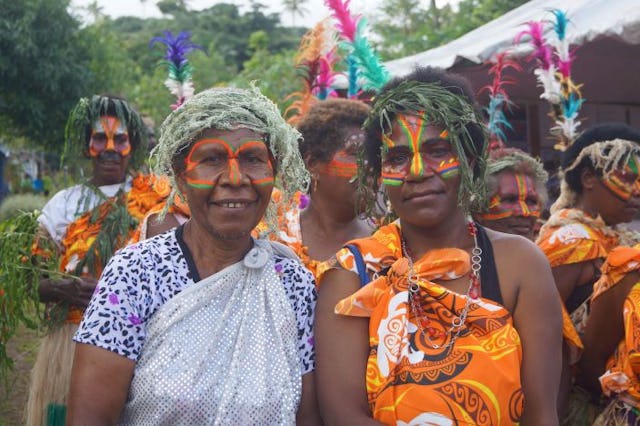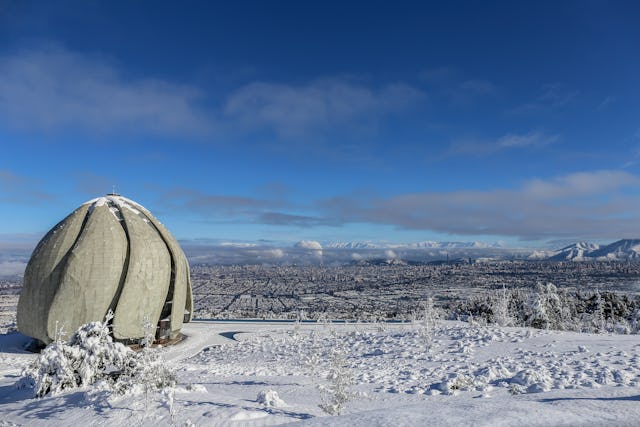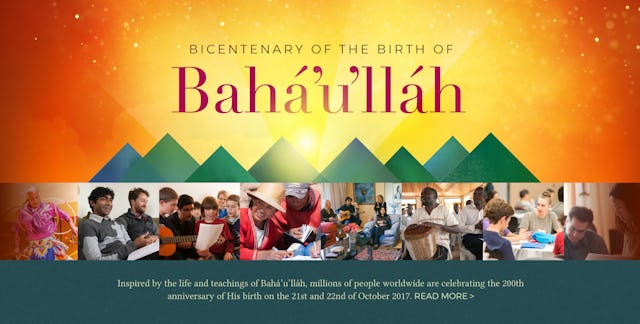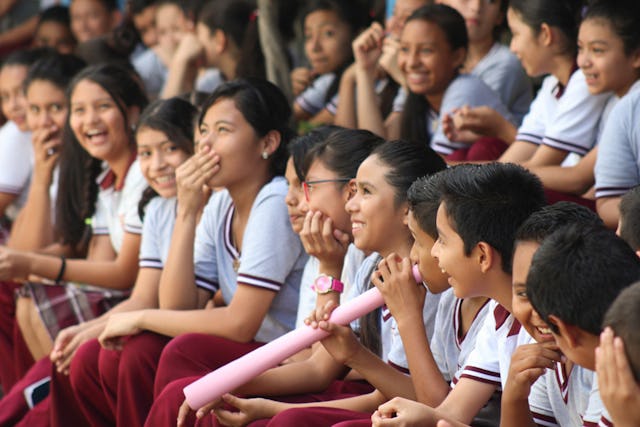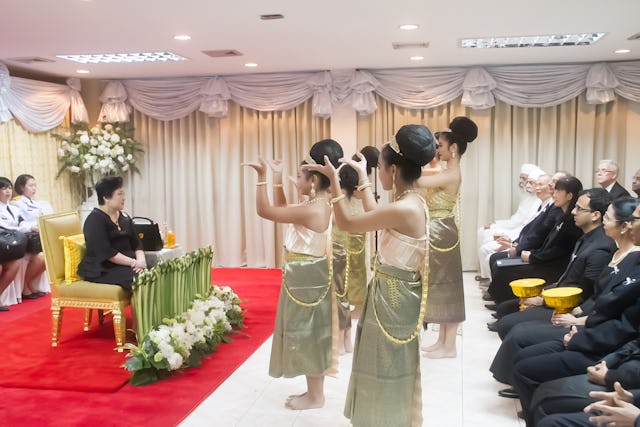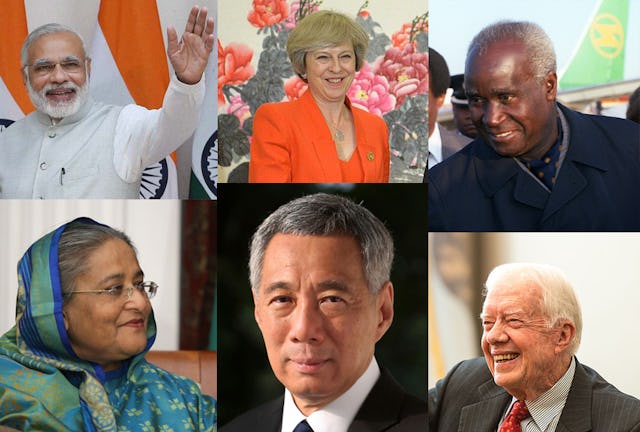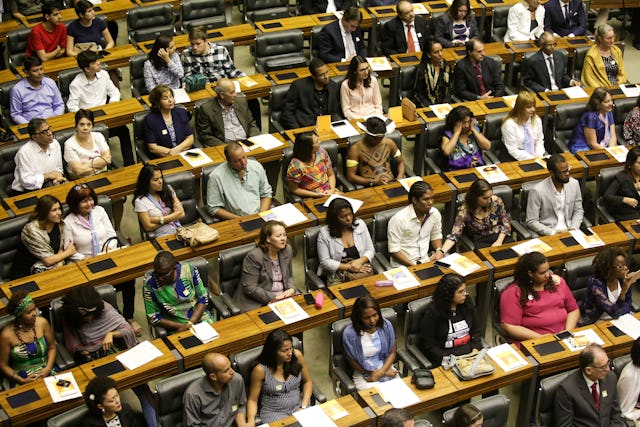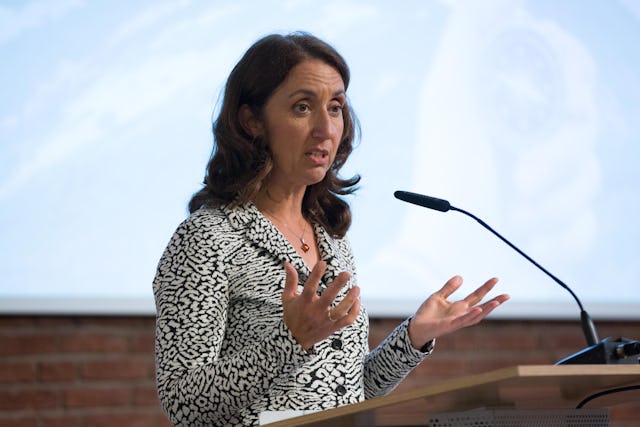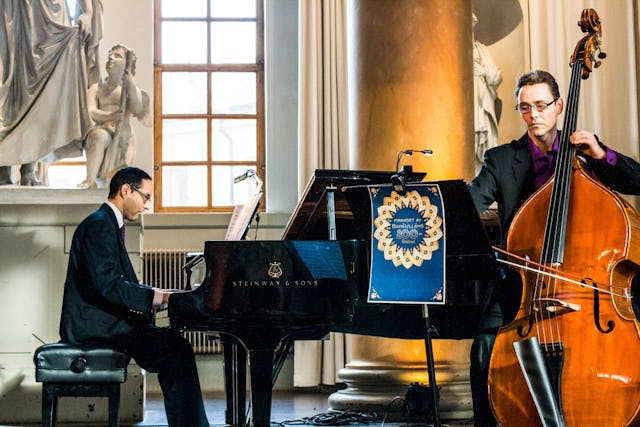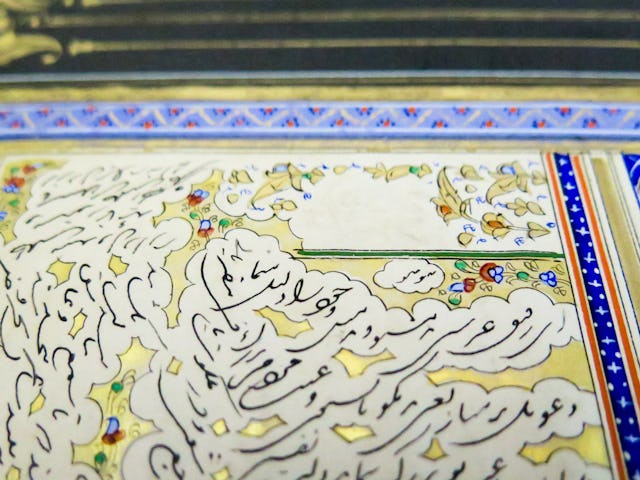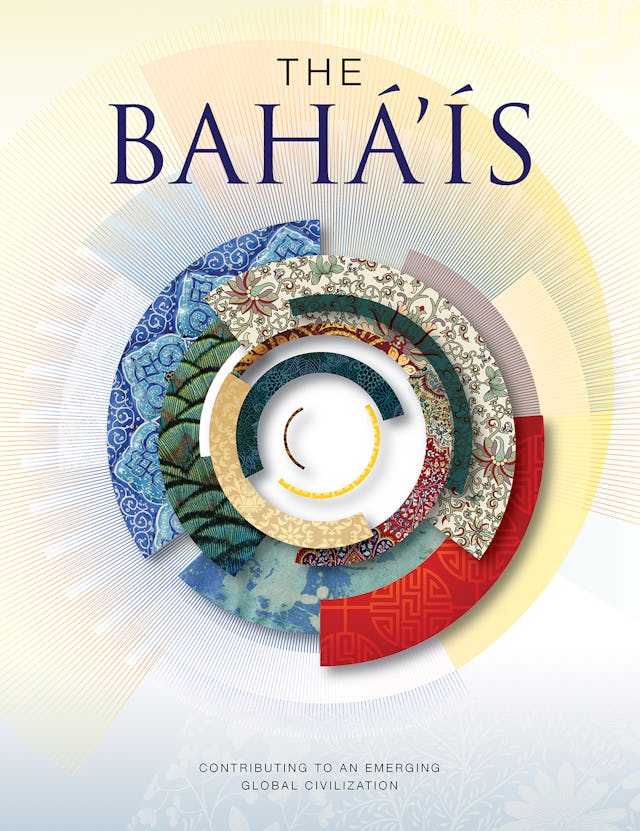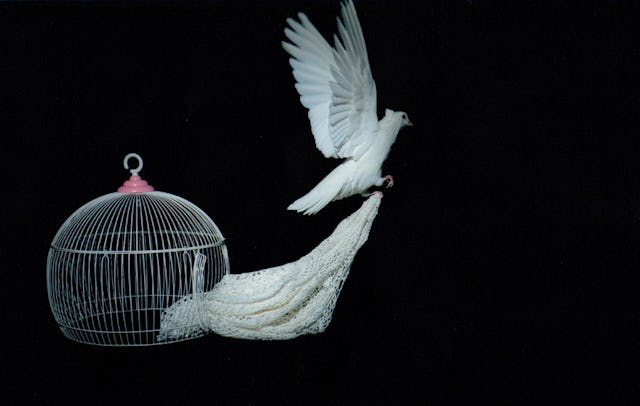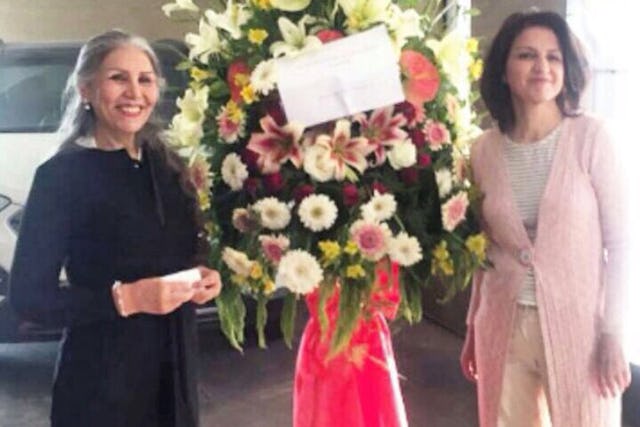2017: A momentous year for the Baha’i world
BAHA’I WORLD CENTRE — 2017 was a year of far-reaching developments in the Baha’i world.
Houses of Worship
Less than a year after the inauguration of the last continental House of Worship in 2016, the first local Baha’i Temple was dedicated in Battambang, Cambodia, in September.
“A new dawn is breaking,” wrote the Universal House of Justice about the occasion.
In Norte del Cauca, Colombia, a community is preparing for its own local House of Worship. Construction began in January and has progressed significantly in the months since. Video footage shows the Temple during various stages of construction.
In a remarkable moment for the island of Tanna in Vanuatu, the design for the local Temple was unveiled in June. Over a thousand people gathered on the island to celebrate the design’s unveiling.
Since the continental House of Worship for South America opened to the public just over a year ago, it has received an astonishing 500,000 visitors. Over 75,000 visited in October alone, when the bicentenary celebrations were held. It has also received a number of prestigious architectural awards. But even more striking than these recognitions and the hundreds of thousands of visitors is the timeliness of a structure that embodies the concepts of unity and oneness.
Bicentenary
The 200th anniversary of Baha’u’llah’s birth created a moment of pause. It offered not only a chance to celebrate His life, but also an opportunity to reflect on the implications of His teachings for the life of humanity and to look back at the emergence of the world religion He founded, tracing its unfoldment from tumultuous origins in 19th century Persia to its rise as a global faith that unites an incredibly diverse set of communities in one common enterprise.
The aim of Baha’u’llah’s teachings is essentially this bringing together of humanity to contribute to the emergence of a world civilization founded on the recognition of the oneness of mankind.
“Baha’u’llah asks each of us to develop a sense of world citizenship, and a commitment to stewardship of the earth. As Baha’is, you have the knowledge that can pave the way for a brighter future for generations to come, and now, more than ever, the voices of the followers of Baha’u’llah need to be heard,” said Permanent Representative of Panama to the United Nations Laura Elena Flores Herrera at the Baha’i International Community bicentenary gathering held in New York.
A film produced for the occasion, Light to the World, was shown at screenings in every corner of the earth in settings from homes to theaters to stadiums. “After watching the film, I saw that people all around the world are doing these activities, and I realized how blessed I am to be included among those who have come across and are studying Baha’u’llah’s words,” said one young person in Japan after viewing the film.
Glimpses of the remarkable celebrations from around the world are captured on bicentenary.bahai.org, where a letter from the Universal House of Justice written for the occasion is also available.
Engaging with society
Messages from some 200 public officials written on the occasion of the bicentenary were received by Baha’i communities around the world. Over 30 of these letters of recognition and support came from heads of state and government, and many addressed the contribution of Baha’is to the promotion of peace, social cohesion, equality, and education.
At various gatherings attended by government leaders, NGOs, and faith groups, the Baha’i community offered its contribution to pressing matters, such as the role of religion in society, migration, peace, the environment, education, and gender equality.
Arts, culture, and publications
From exhibitions at well-known museums to celebrations of the contributions of artists, 2017 provided a glimpse of the power of the spiritual to inspire art. Countless creative expressions welled up from the grassroots in commemoration of the bicentenary of Baha’u’llah’s birth.
From May through September, a retrospective of Baha’i artist Mark Tobey’s work was on display at the Guggenheim museum in Venice. Also at museums this year, an exhibition of Baha’u’llah’s writings opened at the British Museum in London. In Italy, the firm Margraf hosted a display at the Palladio Museum of several of the most iconic buildings of the Baha’i Faith, built with Italian marble.
Renowned Baha’i musician Dizzy Gillespie, who would have been 100 this year, was remembered in multiple tribute concerts around the world. An interview with Gillespie’s longtime friend and colleague offered a look into the way the spiritual and social principles of the Faith influenced his music.
This year saw many publications from the Baha’i community. In January, Days of Remembrance, a compilation of Baha’u’llah’s writings for holy days was released for the first time in preparation for the bicentenary. A new edition of The Baha’is magazine was published in September, and an official website for the Baha’i community of Iran went online in February. Also on the web, the Baha’i World News Service launched a redesign of its website in March accompanied by a mobile application and podcast; the Baha’i Media Bank released a new collection of images in September; and the bicentenary website, which remains online as a historical record, captured celebrations from around the world.
Persecution of the Baha’i community
Throughout this year, which encompassed many occasions for celebration, Baha’i communities in Iran and Yemen continued to face persecution.
In April, authorities in the city of Sana’a ordered the arrest of over 25 Baha’is, including prominent tribal leader Walid Ayyash, whose whereabouts are still unknown. During the bicentenary, security forces raided a small Baha’i gathering, opening fire and arresting Akram Ayyash, Walid’s brother.
“The juxtaposition of these actions with the countless examples of joyful and uplifting celebrations by Baha’i communities around the world couldn’t be more striking,” said Bani Dugal, Representative of the BIC United Nations Office New York.
Persecution in Iran continued unabated throughout the year, including the systematic denial of university education to Baha’i youth, economic oppression of the Baha’i community, and other human rights violations.
As ten years of unjust imprisonment drew to a close, authorities began to release the former members of the Yaran, an ad-hoc leadership group that previously administered the affairs of the Baha’i community in Iran. They were arrested in 2008. The group was formed with the full knowledge and approval of the authorities after formal Baha’i institutions were declared illegal in Iran in the 1980s. Mahvash Sabet, 64, Fariba Kamalabadi, 55, and Behrooz Tavakkoli, 65, have completed their prison sentences and left jail; however, four members still remain in prison.
